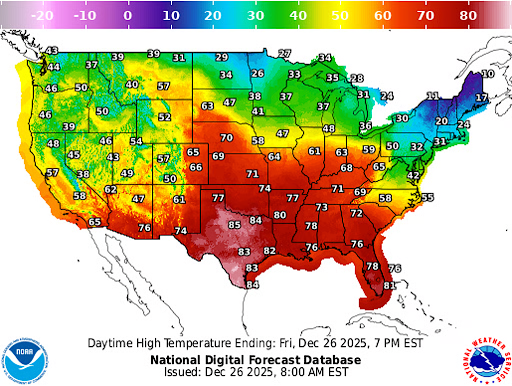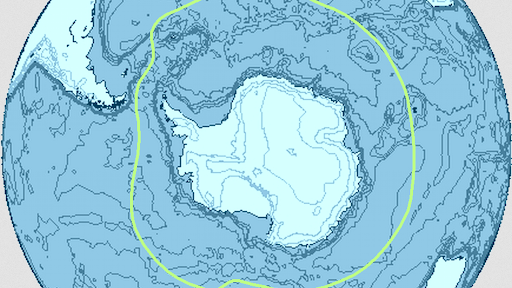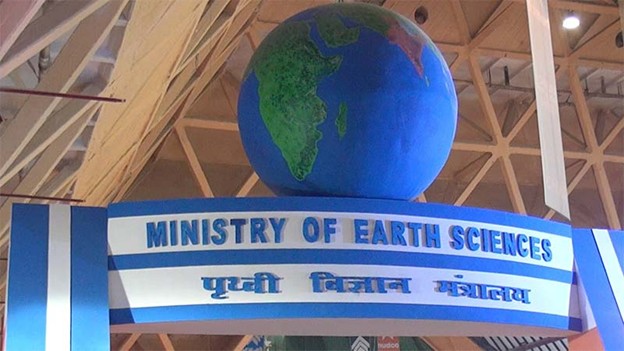



The Global Drought Outlook Report looks at how countries can improve their drought management and preparedness to better deal with the effects of climate change.

Copyright infringement not intended
Source: OECD
The Global Drought Outlook from the Organization for Economic Co-operation and Development (OECD) shows that droughts are happening more often and in more places around the world.
|
Aspect |
Details |
|
Severity |
40% of the world’s land area is facing increasingly frequent and severe droughts. |
|
Recent Examples |
Europe (2022), California (2021), Horn of Africa, Somalia. |
|
Economic Impact |
Economic cost of droughts increasing by 3% – 7.5% annually per drought episode. |
|
Impact on Hydropower |
Countries like India and Australia may face operational disruptions in hydroelectric power generation due to reduced water availability. |
|
Transport Impact |
Inland water transport affected; e.g., Panama Canal drought has disrupted shipping. |
|
Agricultural Impact |
Crop yields can decline by up to 22% due to drought conditions. |
|
Soil Moisture |
Since 1980, 37% of global land has experienced significant decline in soil moisture. |
|
Groundwater Decline |
62% of monitored aquifers globally show declining groundwater levels. |
|
Level |
Initiative |
Details |
|
Global |
UNCCD’s Drought Initiative |
Aims to support countries in developing national drought plans and building drought resilience. |
|
International Drought Management Programme (IDMP) |
Jointly led by the World Meteorological Organization (WMO) and Global Water Partnership (GWP); focuses on integrated drought preparedness and management. |
|
|
India |
National Agricultural Drought Assessment and Monitoring System (NADAMS) |
Uses remote sensing and GIS to monitor and assess agricultural drought in India. |
|
Watershed Development – Component of PMKSY (WDC-PMKSY) |
Focuses on improving land and water resources for drought-prone areas through watershed development. |
|
|
Atal Bhujal Yojana |
Aims at sustainable groundwater management through community participation in water-stressed regions. |
Source: oecd.org
Practice Question:Q. With reference to the Global Drought Outlook and its implications, consider the following statements:
Which of the statements given above is/are correct? A) 1 and 2 only Answer:A) 1 and 2 only Explanation:
|






© 2026 iasgyan. All right reserved